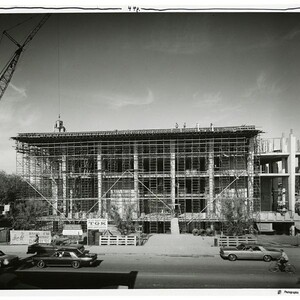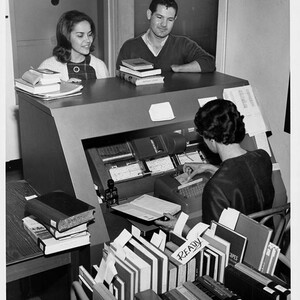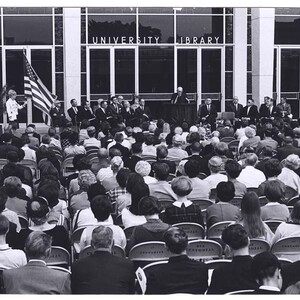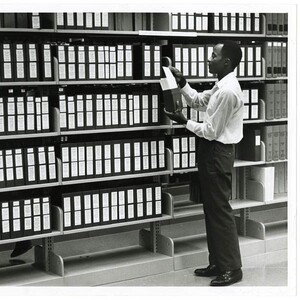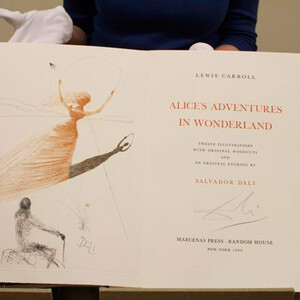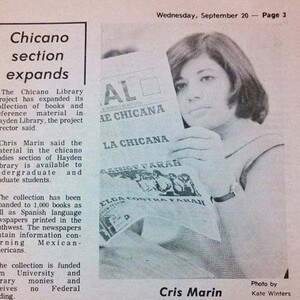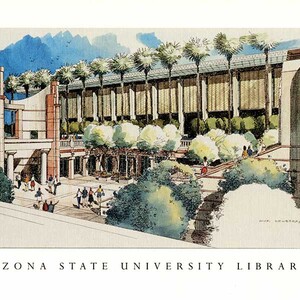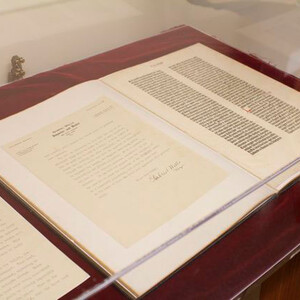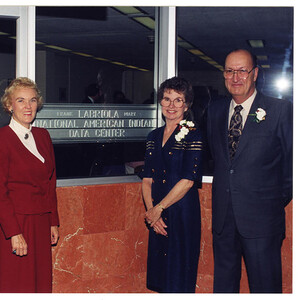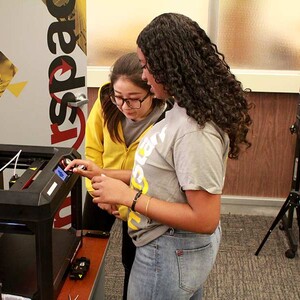The move to Hayden Library on August 10, 1966, required the transfer of 600,000 volumes from the old Matthews Library. The architectural firm of Frederick Weaver and Richard Drover designed the five-story tower building that would later, in 1989, be expanded to include Hayden’s underground concourse and entrance level.
Over the last five decades, ASU’s largest library has served uncounted students, faculty and researchers in search of knowledge on every topic from Art History to Zoology. For many, Hayden has served as a daily office, a meeting space and a haven for special collections unique to Arizona.

There is no other person more significant to the history of Arizona State University and the City of Tempe than their founder, Charles Trumbull Hayden, for whom Hayden Library is named.
A prominent businessman and developer, Hayden established the town of Tempe, its cable ferry, grist mill and general store, and saw the economic value of bringing to the town an educational institution during a time of dramatic population growth in the Arizona Territory. In 1885, legislation was passed to establish the Territorial Normal School. With support from the citizens of Tempe, Hayden was able to secure 20 acres of land, donated by George and Martha Wilson in exchange for $500, on which the original four-room schoolhouse was built.
More importantly, the 20-acre plot would later ensure the establishment of a university.
Through the years
